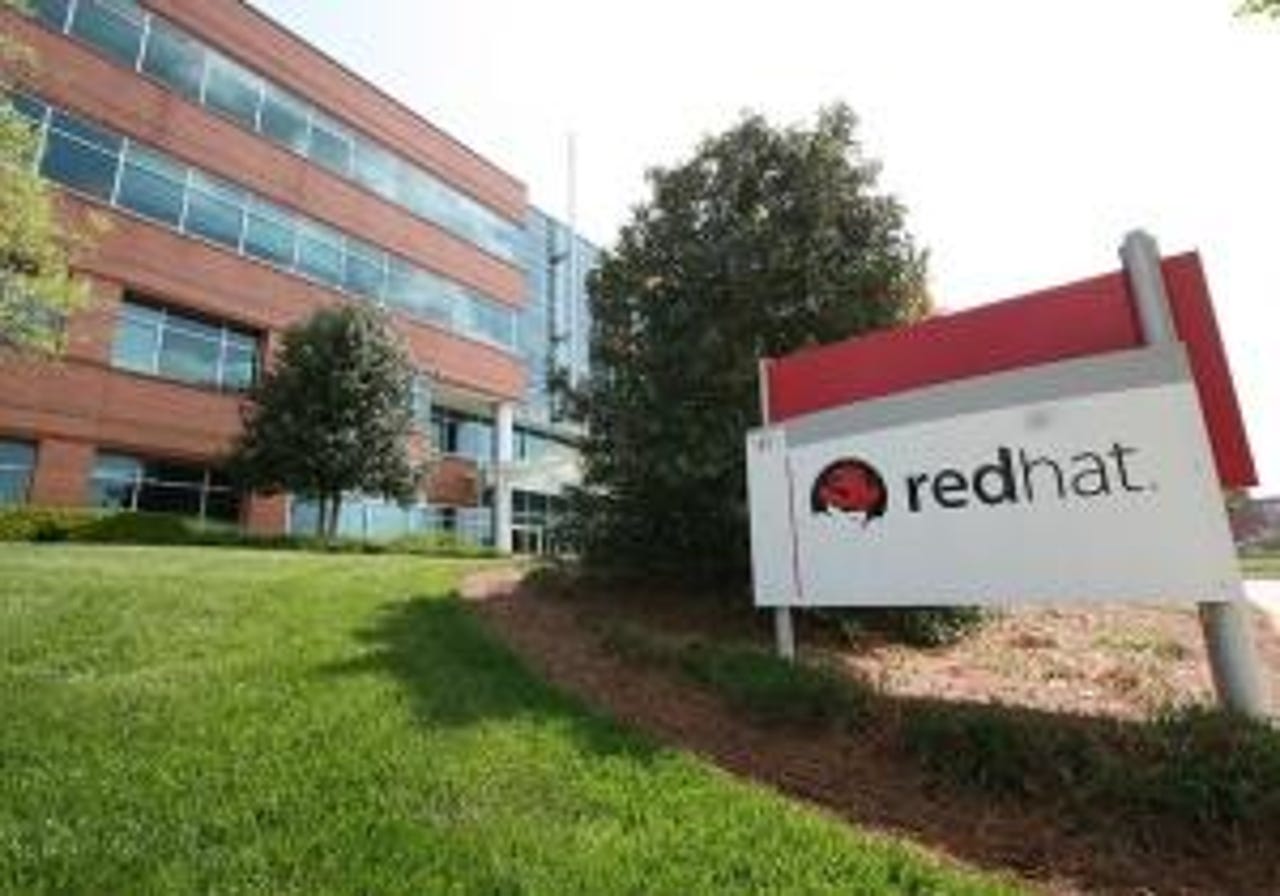Red Hat 64-bit ARM Linux grows up


Red Hat's ARM partners now include silicon vendors and original equipment manufacturers (OEMs) to independent software vendors (ISVs). Many of these companies are already Linaro members. Linaro is the non-profit engineering organization devoted to developing open source ARM architecture software. The goal of both is to make ARM servers ready for the most demanding enterprise server workloads.
Red Hat claims that:
By teaming up with Linaro members, many of whom are also participating in its ARM Partner Early Access Program, Red Hat is spearheading the effort to make open source and industry standards inherent to the emerging 64-bit ARM ecosystem. While the initial integration is completed, the ARM Partner Early Access Program plans to continue to accommodate future implementations and system designs by delivering development software, documentation and tooling to participating organizations.
This follows up on Red Hat's earlier ARM Linux efforts. In January 2014, Red Hat helped create ARM's Server Base System Architecture (SBSA). SBSA is meant to accelerate software development on multiple 64-bit ARM platforms. Still earlier, in May 2013, Red Hat showed with its Fedora community-based Linux that Fedora could work well on a cluster of four 24 Viridis high-density ARM servers using Calxeda System Server on a Chip (SoC).
What's pushing the Linux ARM movement is cost-savings. A 64-bit ARM powered microserver has a thermal design power (TDP) of between 10 and 45 watts. A conventional x86 server runs more than 90 watts. The lower the power consumption the lower the direct server utility bills and the lower the overall data center running costs. ZDNet estimated that the kilowatt hour cost for commercial use per year per server in 2013 was $731.94. Cutting those costs in half is something that makes any CIO look great to the CEO and CFO.
In a statement, Mike Werner, Red Hat's senior director of Global Technology Ecosystems, said:
Since its launch just over six months ago, the Red Hat ARM Partner Early Access Program has achieved two critical goals, driving significant interest and participation from both hardware vendors and independent software vendors as well as the successful completion of the hardware enablement phase. The program ... drives standardization within specific technology segments, with the ultimate goal of delivery of fully tested and certified solutions to the marketplace.
Data-center and cloud customers are waiting eagerly to see those solutions on their server racks.
Related Stories: